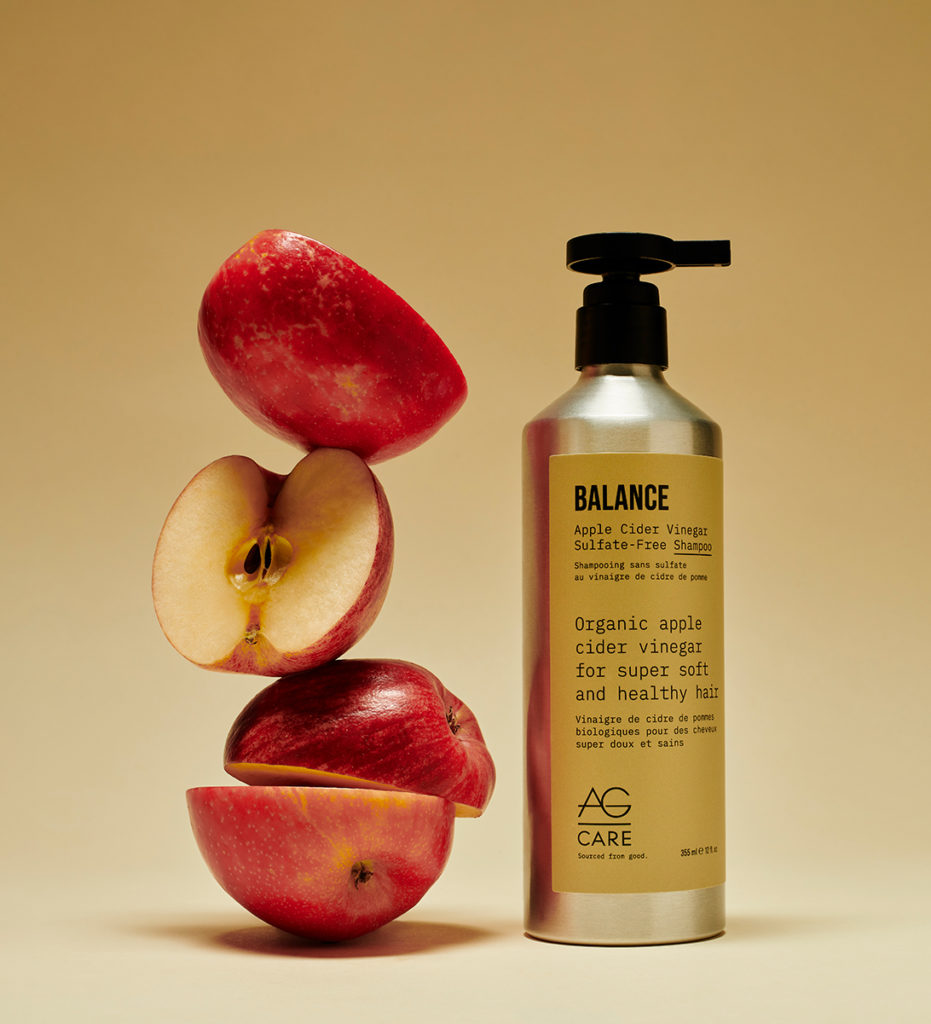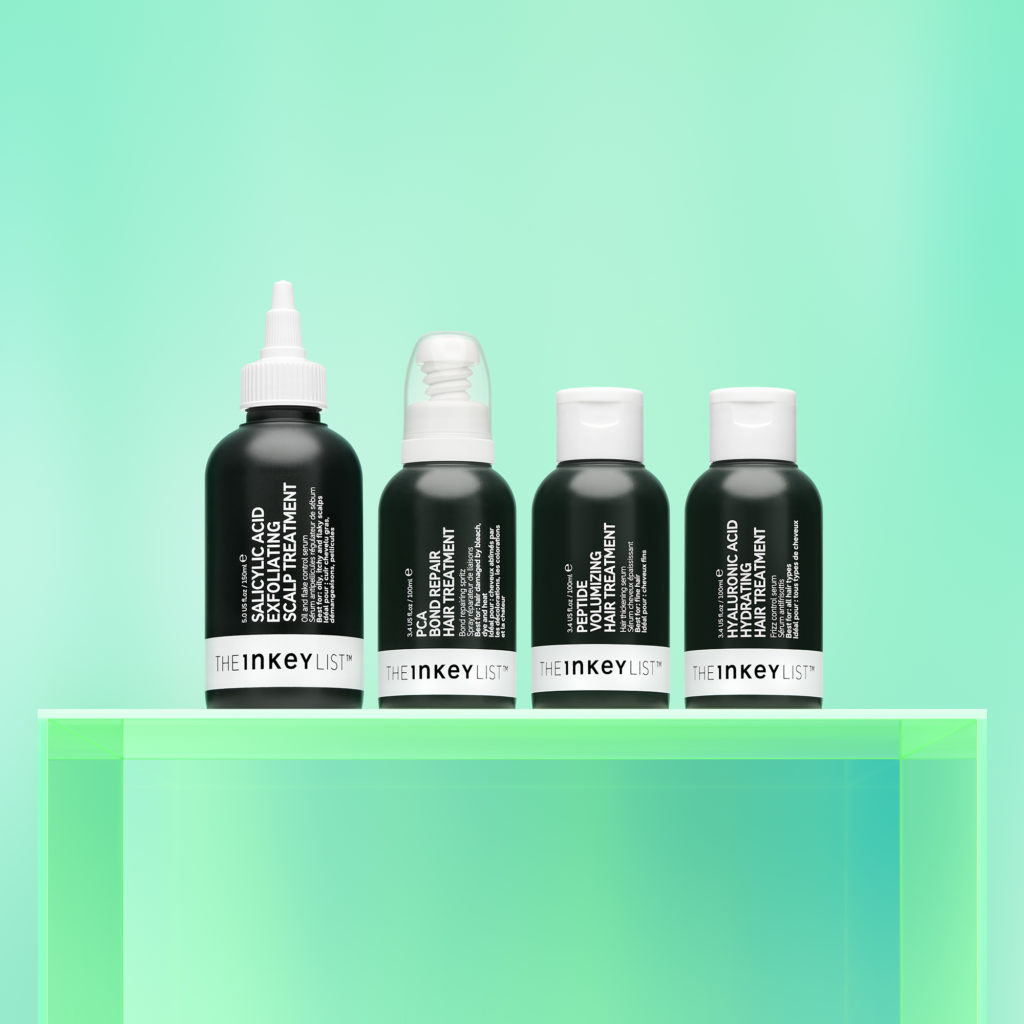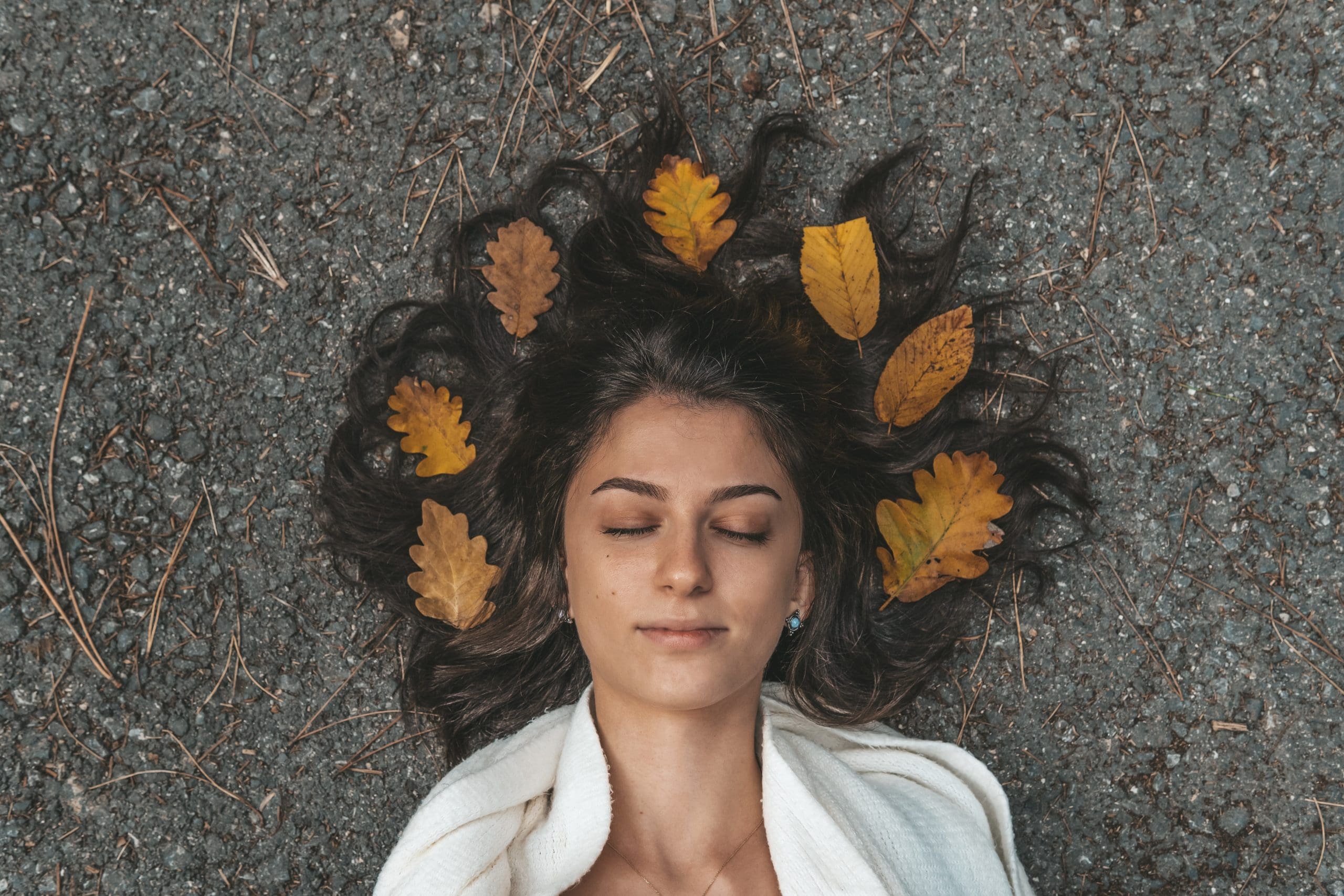There’s a lot of good evidence to say you should change your skincare with the seasons: central heating makes the indoor air drier while the cold outdoor air and harsh wind can do a number on skin’s moisture barrier. So far, so logical. But what about hair?

First, we were skeptical—after all, hair is made up of dead cells, and much of its appearance and condition is determined by genes. And then we remembered Monica from Friends, with her poofy humidity locks, and we thought again.
“Seasonally, hair changes all the time and there are many factors,” says celebrity hairstylist and Voir ambassador Aaron O’Bryan. “In the summer we are fighting against humidity and heat, whereas in the winter we are working against dry heat within our living space and then temperature change when we go out into the cold.” O’Bryan says that cold weather can affect the scalp too, making it drier and exacerbating conditions like dandruff.
Why is humidity such a problem for hair? “It can actually work both ways: it can pull moisture out and add it in” explains Ann Marie Krutzler, salon education manager for AG Hair. “Along the hair shaft you have cuticles that are kind of like scales. In a high-humidity area the cuticles raise up and the humidity can penetrate, so you can look like a frizzy mess.” O’Bryan points out that, while that doesn’t necessarily mean your hair is in bad condition, it is more susceptible to damage when you brush or style it.

What about when the weather is cold? “In low humidity, maybe coupled with cold temperatures, the humidity can’t get into the hair shaft, so the hair might be lacking moisture and therefore feeling rough and brittle,” Krutzler says. Brittle hair is fragile, so you end up with breakage and split ends.
As well as the weather changing, our behaviour alters with the seasons. In summer we might be hitting the beach or pool, so there’s exposure to saltwater and chlorine and we likely wash hair more often. In winter we blow-dry more frequently instead of letting hair air dry, and wear hats that can cause static and flatten our ’dos—though, says Krutzler, they’re actually pretty good at protecting our locks from the cold.
One factor we might not think about so much is pollution—so, if you spend summer in the countryside and return to the city when it’s back-to-work time, you may think it’s the season screwing up your hair, when it’s actually the air and water. “Pollution, in the form of environmental debris in the air and contaminants and heavy metals from hard water, is the most common external factor hindering hair growth. These clog the scalp and disrupt the scalp microbiota responsible for strong and healthy hair growth,” says Shab Reslan, trichologist and Inkey List partner.

So should we have a summer and winter wardrobe for haircare products and, if so, what changes should we be making? It doesn’t need to be as rigid as all that, Krutzler says: “Notice how your hair feels when you’re blow-drying and cleansing, and observe changes that way.”
If you do notice your hair has become lacklustre with the change of season—or for any other reason—Reslan recommends a reset. “Using a hair detox such as a clarifying or detox shampoo will safely remove any residue and build-up accumulated from water, products or air pollution.”
Krutzler agrees: “A clarifying treatment will make a huge difference in terms of pulling out pollutants that may have attached themselves to the hair shaft.” She likes AG Hair’s Renew Clarifying Shampoo and its Balance Apple Cider Vinegar Sulfate-Free Shampoo. The brand has recently tweaked all its formulations so they’re completely vegan and sulfate free. You can also replace your conditioner with a mask once a week or so; O’Bryan recommends Voir’s A Walk In The Sun Inside Out Moisturizing and Repairing Masque, which he describes as “magic.” It contains vegan keratin that’s said to strengthen and repair hair, so it becomes more resilient. If you think heavy metal build-up is the problem, L’Oreal Professionnel has a whole range of haircare products, Serie Expert Metal Detox. This includes shampoo, conditioner, masks, in-salon services and a new Metal Detox Oil that helps with daily protection.

When it comes to increasing resilience, Reslan says The Inkey List’s Bond Repair Hair Treatment is a winner, even for severely damaged, over-processed hair. She is also a fan of everyone’s favourite skincare staple, hyaluronic acid. “This helps increase hair’s ability to absorb and maintain water molecules inside,” she says, making it a good choice for anyone who has dry hair. Her favourite is The Inkey List’s Hyaluronic Acid Hydrating Treatment, which is applied after shampoo and conditioner and before drying.
Krutzler says there are some really basic, non-product-based things we can do to look after our hair. Water temperature in the shower can make a difference: very hot isn’t great for hair or skin, so Krutzler recommends keeping it lukewarm to seal the cuticle. Use a microfibre towel to gently dry hair, and wear a hat outside to protect it.
Finally, she says, use your hairstylist. “They will be assessing concerns when you’re getting your service, so talk about what’s bothering you and let them use their expertise to help you.” —Aileen Lalor

February 10th, 2024 at 5:14 am
Hair Empire offers branded Scalp Hair Growth Products. Best treatment for dry scalp for protecting your hairs, it helps your hair for bringing them. We have perfect hair treatment products which make growth shine and smoothing. Try shop now!